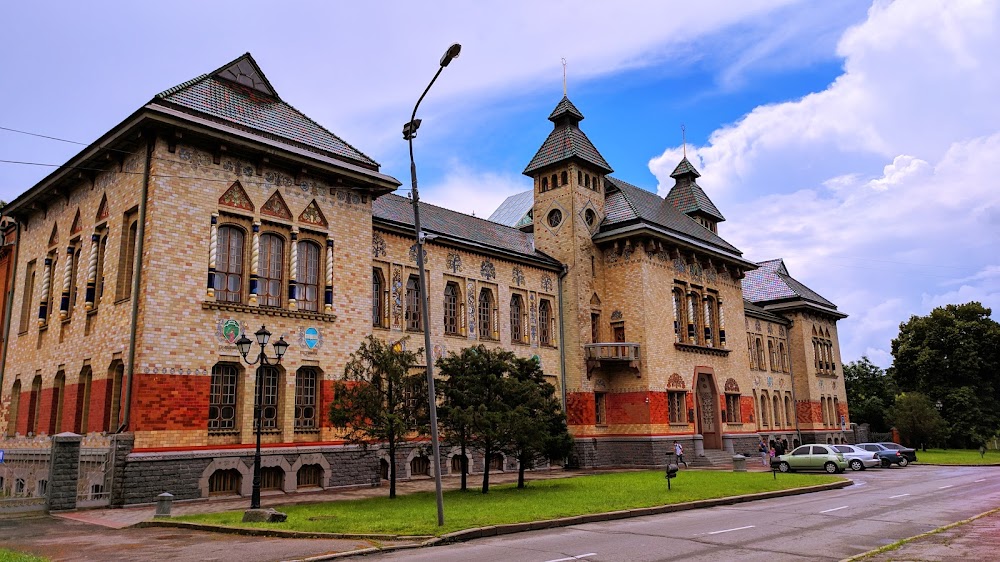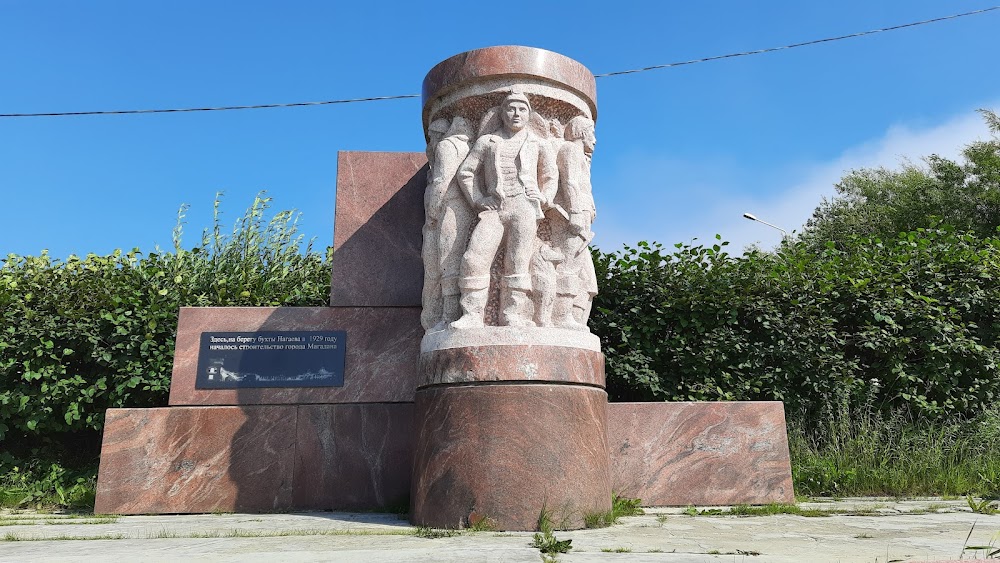Mask of Sorrow (Маска Скорби)
Overview
The Mask of Sorrow, located in the remote Magadan Oblast of Russia, is a monumental tribute honoring the countless individuals who suffered and perished in the Gulag labor camps during the Stalinist era. This evocative structure serves as a poignant reminder of a dark chapter in Russian history, inviting visitors to reflect on the profound human cost of political repression.
Constructed under the vision of sculptor Ernst Neizvestny, the Mask of Sorrow was unveiled to the public in 1996. A survivor of the Gulag himself, Neizvestny infused his work with deep emotion, striving to capture the collective grief of the victims while instilling hope for future generations to learn from these tragic events. His dedication to honoring the past resonates through every detail of the monument.
Standing at an imposing height of 15 meters, the monument's face is crafted from concrete, blending human and abstract forms. This design symbolizes the facelessness and dehumanization experienced by those imprisoned in the camps. One striking feature is the solitary tear that cascades from the mask, representing the multitude of tears shed by those who endured unimaginable suffering.
The creation of this profound monument was a collaborative effort involving workers and artists who molded the concrete to create its hauntingly expressive features. The harsh climate and isolated location of Magadan posed significant logistical challenges, as materials had to be transported over rugged terrain, and workers had to endure extreme weather conditions throughout the project.
The choice of location for the Mask of Sorrow was deliberate. Magadan was a central hub in the network of Gulag camps in the Kolyma region, notorious for its brutal conditions and high mortality rates. By placing the monument here, it emphasizes the importance of acknowledging the region's painful past and the suffering that unfolded within its confines.
Surrounding the monument are plaques and memorials that inform visitors about the history of the Gulag system and the individuals who were wrongfully detained. This educational aspect ensures that the Mask of Sorrow transcends mere artistry, providing a valuable historical lesson and fostering a deeper understanding of the events that transpired.
The Mask of Sorrow serves as a place for reflection and mourning. It invites visitors to contemplate the enduring impact of political repression and the resilience of the human spirit in the face of adversity. By honoring the past, the monument aims to inspire a commitment to human rights and the prevention of future atrocities.
Through its powerful symbolism and striking presence, the Mask of Sorrow continues to captivate historians, artists, and tourists from around the globe. It stands as a solemn testament to the lives lost and the vital importance of remembrance in the collective conscience of humanity.







